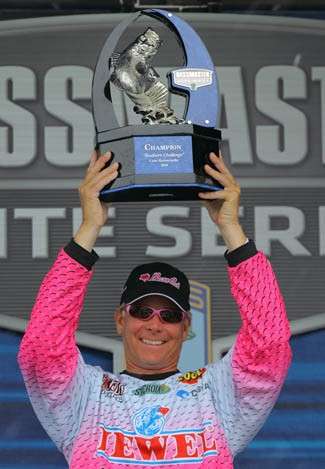
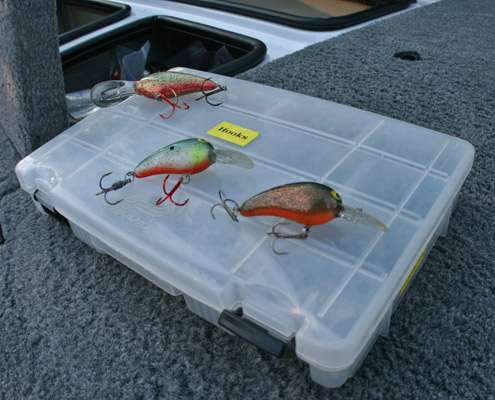
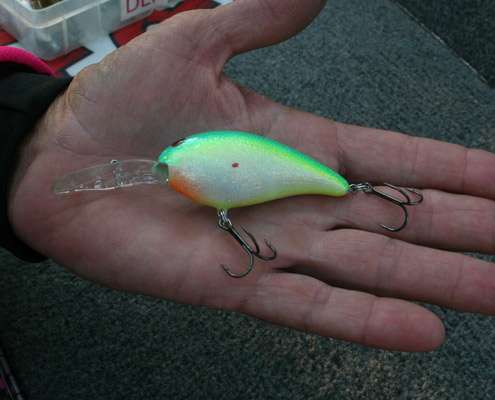
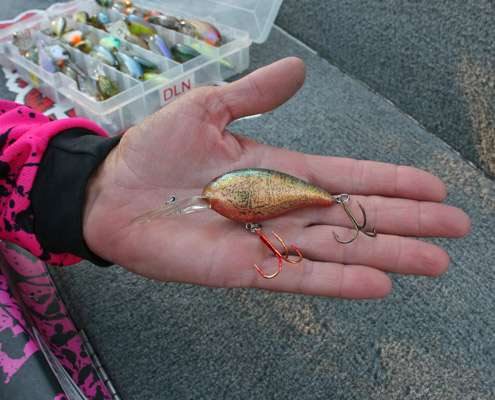
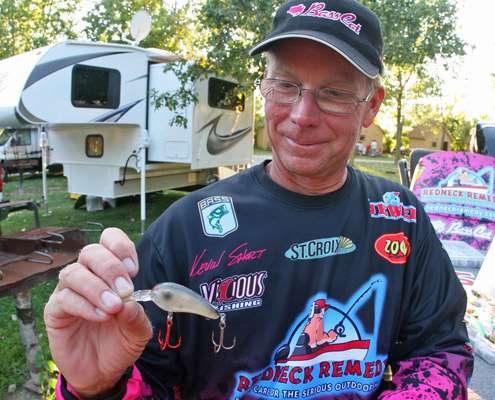
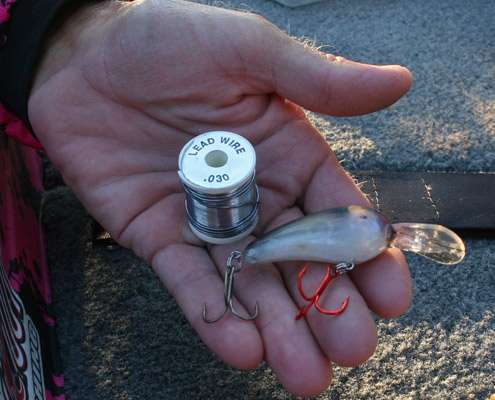
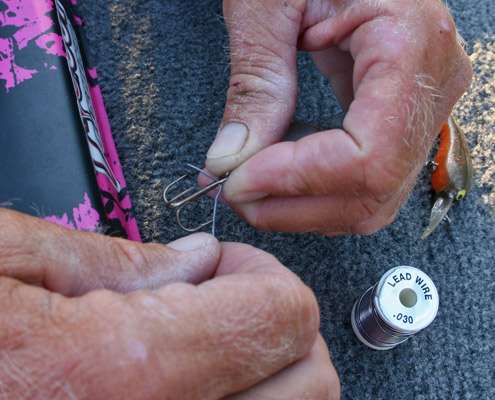
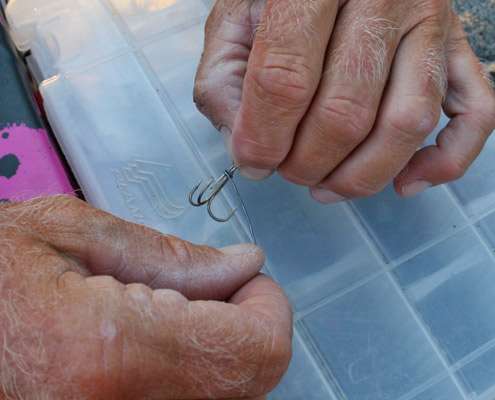
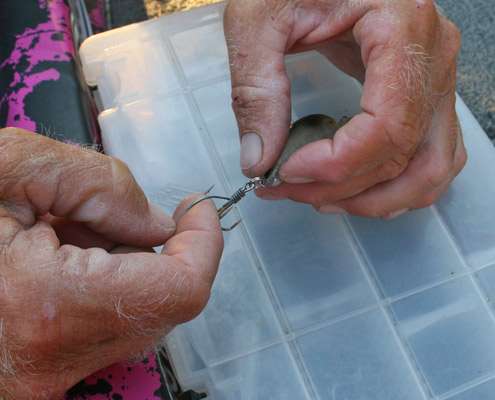
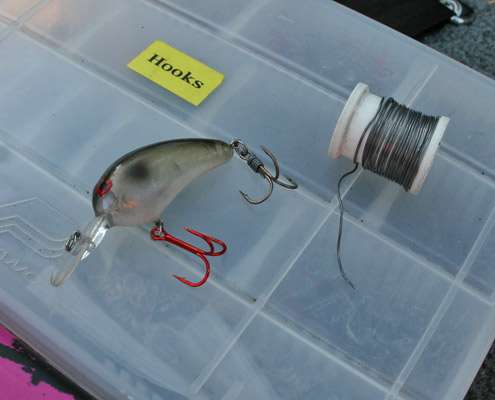
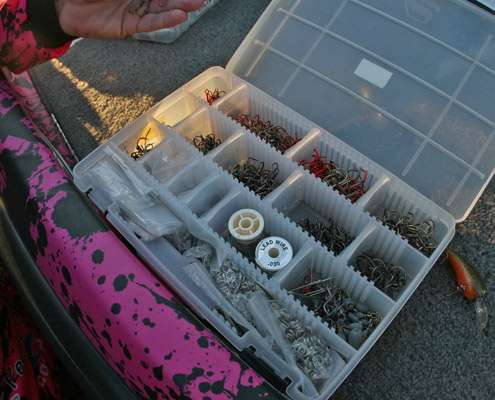
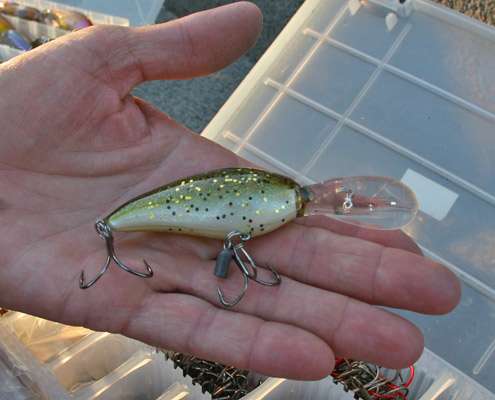
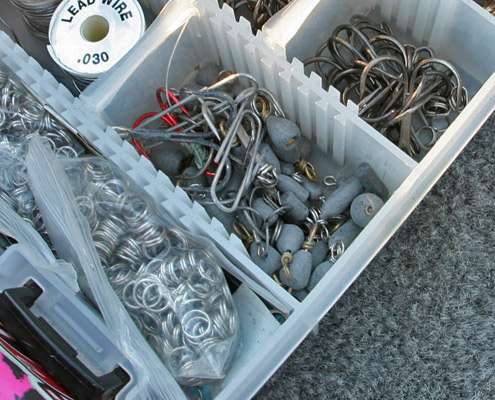
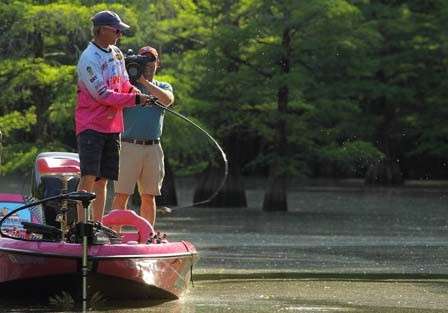
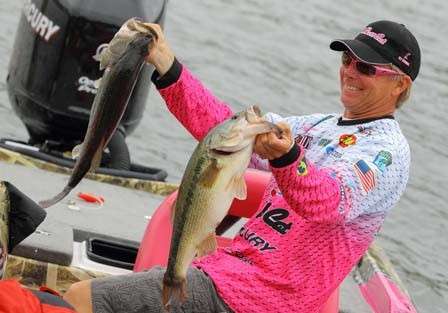

Please enter your details.
We cannot find an active B.A.S.S. Membership for the information you have provided. Please renew your membership here.We cannot find an active B.A.S.S. Membership for the information you have provided. Please try again.Scheduled maintenance. We'll be back shortly. If you continue to have trouble please contact customer service at 877-BASS-USA.
Elite Series pro Kevin Short shares his three best tips for modifying crankbaits to get more bites under tough, cold-water conditions.














